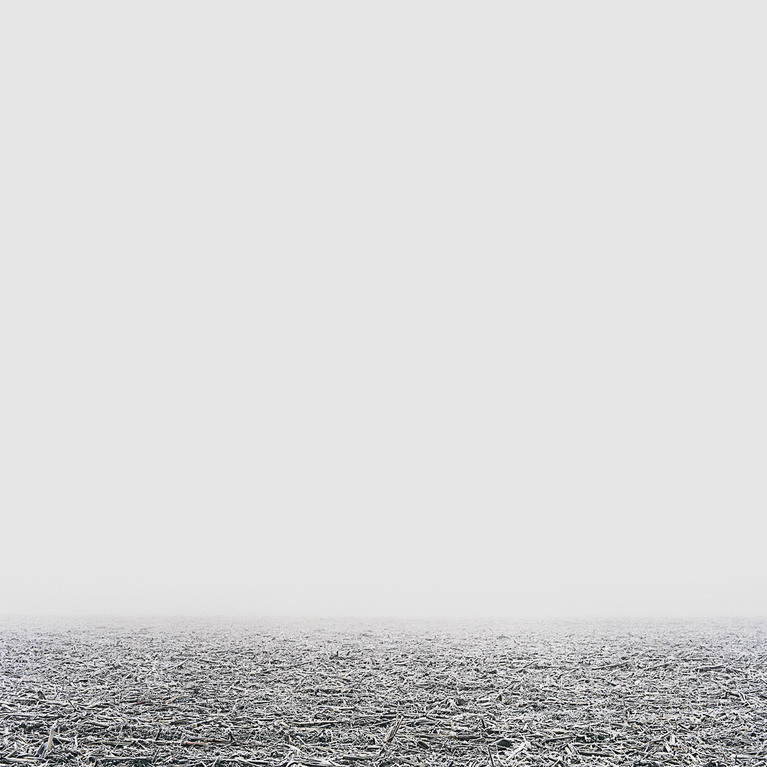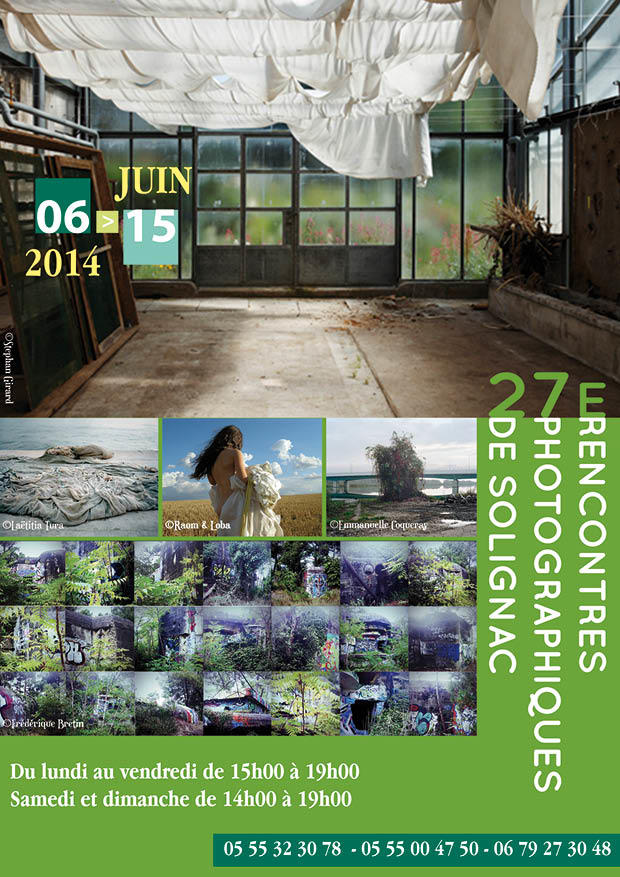Frédérique BRETIN

Surface I, 2002-2006
Série de 17 photographies, édition 5 exemplaires + 2 EA
Photographies argentiques négatif 6 x 6
Tirages jet d’encre contrecollé sur dibond à bords francs, châssis au dos, 80 x 80 cm
L’espace est le cadre conceptuel de ma recherche photographique. Je le définis constitué de tout ce qui entre dans le champ du regard, tant les lieux que les objets. Il est le terrain poreux où s’inscrivent et s’enfouissent toutes les histoires : intimes, collectives, l’Histoire. Je l’observe comme un empilement successif de constructions, d’effacements, de recouvrements. Pour cela, je l’imagine s’articulant autour de trois dimensions.
D’abord, la surface, un espace vierge, une page blanche sur laquelle prend place le décor.
Puis, le décor se compose d’édifications et d’agencements, de toutes sortes d’objets tant naturels qu’issus de l’activité humaine, et contient aussi les événements qui le traversent. A l’échelle du temps, il demeure, se transforme, disparait, un autre lui succède.
Enfin, la profondeur invisible comporte les histoires, la mémoire des anciens décors enfouis sous la surface, elle archive les strates superposées du temps, des événements passés qui tissent le présent.
Constructions, effacements, enfouissements, recouvrements se succèdent. Grâce à ce mouvement perpétuel, je conçois chaque espace comme une matière, à la fois polysémique et polymorphe, capable de susciter une diversité de perceptions visuelles. L’espace imaginé sous cette forme surface-décor-profondeur permet de s’interroger sur ce que les lieux conservent des événements qui les traversent. Il amène à se demander, comment ceux-ci agissent sur notre réception du monde. La photographie à l’image de la perception visuelle façonne notre lecture du monde, l’une et l’autre produisent leurs propres visions.
EN
Space is the conceptual framework of my photographic research. I define it as made up by anything that enters in my field of vision, be it places or objects. It is the porous field in which all stories are encapsulated and buried : personal, collective, or Historical. I see it as a successive stacking of constructions, erasures and concealments. This is why I think of it as hinging on three dimensions.
First, there is the surface – a blank space, an empty page on which the setting is laid out.
Then, the setting is made out of constructions and layouts, of all sorts of objects both natural and derived from human activity, and also contains the events that occur within it. On a time scale, it abides, transforms, disappears, or another succeeds it.
Lastly, invisible depth is what contains the stories, the memory of old settings buried beneath the surface. It archives the layered strata of time, the past events that weave together the present.
Constructions, erasures, burying and concealments come in succession. Thanks to this perpetual motion, I think of each space as both polysemous and polymorphous matter, capable of producing a diverse range of visual perceptions. A space that is conceived according to this surface/setting/depth principle enables one to examine what remains of the events that occur in these places. It leads us to ask ourselves how they influence the way we perceive the world. Photography that imitates visual perception shapes our understanding of the world, and both produce their own visions.
Site internet et réseaux sociaux
Documents d'artistes Nouvelle-Aquitaine
Partenariat Centre national des arts plastiques / Réseau documents d'artistes
